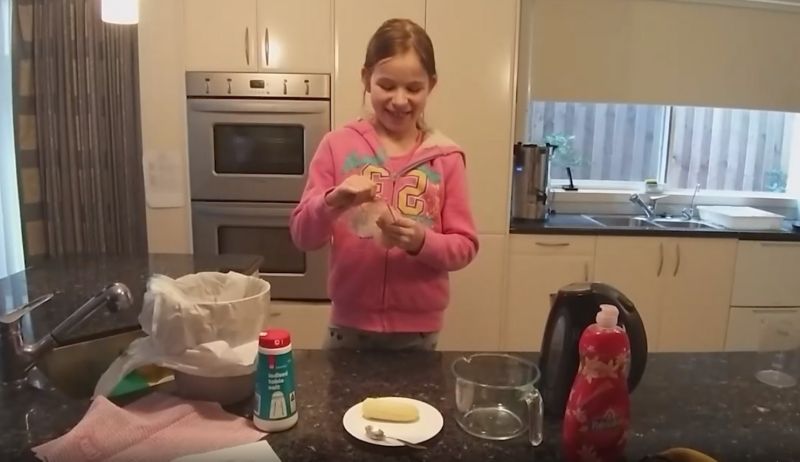
Rahel Leivenzon’s online lab experiments
Turning in-lab practicals to in-house experiments to keep students engaged.
Rahel Leivenzon, a teacher in the Associate Degree in Health Sciences shares how she has turned in lab practicals into in house experiments with the help of her 10-year-old daughter.
“A lot of these student haven’t done experiments as such, but I come from a pure scientific background, so I believe in learning through experimentation and they just find it so engaging in the lab and we were on the cusp of my favourite experiment with the students when we went into isolation, the experiment that links everything together”.
Rahel explains that the students had learnt three different body systems, the respiratory, cardiovascular and digestive systems and the next scheduled experiment was planned to demonstrate how all three systems work together to enable energy production.
The way that Rahel would normally get the students to demonstrate this in the lab is to have the students jumping up and down and if all those systems are working efficiently than they can jump really well but if they run out of one of the elements, like breathe for instance, then they produce fewer jumps.
Rahel says that she didn’t want them to miss that experience and given that Victoria was isolated at home at the time, she also thought it was important to remind the students to keep moving while at home.
Rahel thought that if she could demonstrate and record the practical experiments with her 10-year-old daughter at home then perhaps the students would think, ‘if she can do it then so can I’.
“From there it just went ‘well how am I actually going to show them how a kidney works’ when I can’t show them in the lab. Or extracting DNA. Most people think of DNA as this intangible thing but if I could show them that they could actually get it in their kitchen and my 10 year old could even get it by mashing a banana, I just thought they’d find it cool, it’s more tangible and gives them something to do at home that’s not in front of a screen and just brings it to life a bit more”.

Other in house experiments included putting together the urinary system using objects from around the home.
“I loved the photos I got back from that, I got headphones and bars of soap and all these really cool things, I could see who was knitting. I got to learn a little more about the students, it was really interesting.”
Rahel says the response from the students has been really positive. If they didn’t have certain ingredients at home, she has been able to work with them to improvise.
“It gets them seeing science in their everyday life and it doesn’t necessarily have to be something that you do in a sterile environment.”
Rahel says one of the most meaningful experiments involved demonstrating how your taste is not absolute and can sometimes produce surprising results.
“The reaction is unexpected, and you can tell people that by talking it through, but there’s something in actually seeing the shock on my (blindfolded) daughters face when she hears the food is not what she thought. I think that really hits home and I think that really provoked people to try it themselves.”
Each experiment involves the students uploading evidence of participation, from photos of DNA experiments, or charts on their jumping numbers and how they graphed them, answers to a set of questions or descriptive paragraphs about their results.
Most importantly Rahel says it’s about student engagement.
“I feel lucky that I had built report with the students before we went into restrictions and I felt that it was on the basis of building that rapport that they felt very willing to along with whatever quirky thing I asked them to do because I had that trust.”


Acknowledgement of Country
RMIT University acknowledges the people of the Woi wurrung and Boon wurrung language groups of the eastern Kulin Nation on whose unceded lands we conduct the business of the University. RMIT University respectfully acknowledges their Ancestors and Elders, past and present. RMIT also acknowledges the Traditional Custodians and their Ancestors of the lands and waters across Australia where we conduct our business - Artwork 'Sentient' by Hollie Johnson, Gunaikurnai and Monero Ngarigo.
More information